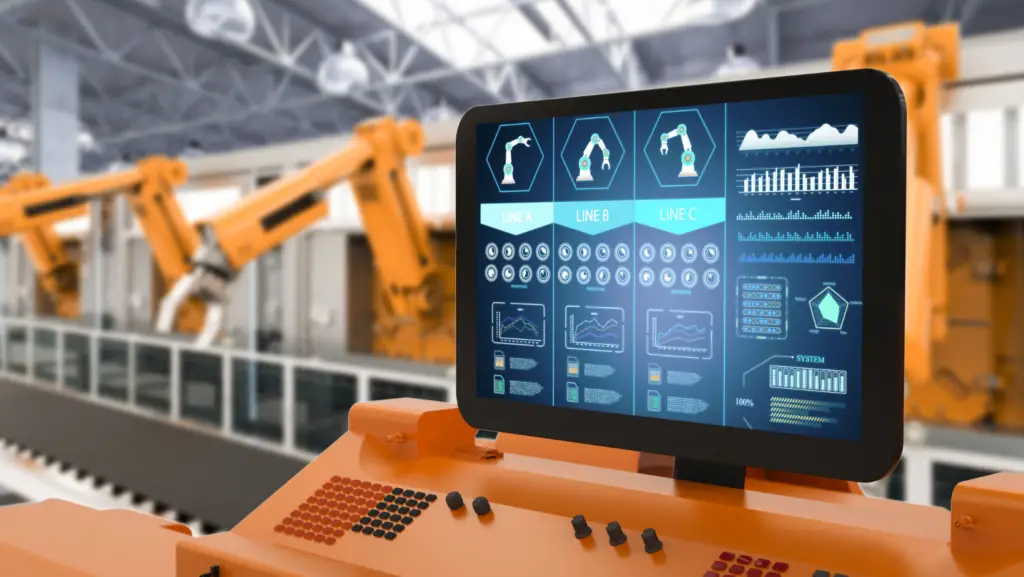In today’s dynamic world of global trade, the twin pillars of efficiency and productivity stand as the keys to business triumph. The quest for growth and innovation compels organizations to go beyond mere hard work, pushing them towards a smarter approach. This has led to the emergence of Smart Automation, a blend that combines the dependability of conventional automation with the intellect of AI and the flexibility of machine learning. Smart Automation is not just a tool; it’s a technological advancement that can transform business operations. It turns routine tasks into creative opportunities and paves the way for enhanced efficiency, such as by monitoring employee internet usage.
The Foundation of Smart Automation
The history of automation is as rich and diverse as the industrial revolutions that birthed it. From mechanical marvels to computerized sophistication, automation has evolved into a multifaceted tool for businesses.
Demystifying Various Automation Technologies
Smart Automation is not a singular tool but a toolkit comprising multiple technologies, each catering to specific needs:
- Robotic Process Automation (RPA): Crafting software robots to perform repetitive tasks with precision.
- Business Process Automation (BPA): Complete transformation of intricate business functions and operations.
- Industrial Automation: Utilizing intelligent control systems for manufacturing and equipment handling.
- AI and Machine Learning: Allowing machines to think, learn, adapt, enhancing the overall automation efficiency.
The Symbiotic Relationship Between Automation and Business Productivity
Automation’s synergy with productivity isn’t merely functional it’s transformative. By replacing monotonous and labor-intensive tasks, automation frees human talent to pursue creative, value-generating activities. This shift enriches not only the speed but the quality and innovation in business operations.
Tools and Techniques for Smart Automation

Selecting the perfect tools is a careful balancing act, requiring a deep analysis of the specific business demands. Factors such as adaptability, existing system compatibility, user-friendliness, and budget are integral to the decision-making process.
Automating Process Orchestration
The path to successful implementation involves numerous tactical steps:
- Finding Appropriate Processes: Finding the tasks most in need of automation.
- By using specialist tools, the automated process is designed and crafted.
- Verifying the automation’s alignment with the desired goal through assessment and verification.
- Introducing automation into the real-world workplace through launch and integration.
- Ongoing Maintenance: Consistent surveillance and revisions to keep efficiency and effectiveness.
The Art of Combining Machine Learning with AI
Combining technological know-how and commercial acumen is necessary to use AI and machine learning. It involves developing algorithms that can both learn and coordinate with organizational objectives.
Potential Obstacles and Successes
Understanding Common Fallacy
Challenges include team member resistance, mismatch with company goals, and a lack of planning can become roadblocks.
Techniques for Surmounting Obstacles
Confronting these barriers demands a strong strategy with clear communication and continuous training. Unwavering support and consistent alignment with organizational goals are also essential.
How to Transform Your Business: Doubling Productivity
Assessing the Essence of Your Business
The cornerstone of doubling business productivity is a comprehensive examination of the existing landscape. Understanding the nuances of your workflow, technology, human talent, and potential areas for enhancement forms the foundation of transformation.
Framing Objectives and Performance Benchmarks
Translating identified areas into tangible objectives aligns with the company’s wider mission. Using Key Performance Indicators (KPIs) as measurable milestones ensures targeted and productive efforts.
Crafting a Masterplan for Realization
A roadmap isn’t merely a plan but the strategic alignment of technology, personnel, methodologies, and corporate values. It is the tactical guide that steers through the intricacies of transformation, minimizing chaos and amplifying gains.
Continuous Oversight and Performance Enhancement
The journey doesn’t end with implementation. Regular scrutiny, adjustments, and the use of modern analytical tools are essential. Periodic evaluations and insightful feedback ensure that doubling productivity is a lasting achievement.
Cultivating a Culture of Innovation: The Final Step to Mastery
Unlocking your business’s full potential through Smart Automation requires more than just implementing technology. It calls for fostering a culture of innovation, where creativity and human-centric solutions are encouraged.
The essence of Smart Automation is its ability to liberate human resources for innovative pursuits. This potential thrives in an environment that rewards curiosity and sees failure as a chance to learn.
Leadership must cultivate a workplace where ideas thrive and collaboration is the norm. Innovation should be woven into the very fabric of the organization. By merging technology with human creativity, businesses can boost productivity, creating a flexible entity prepared for the dynamic commercial landscape.

